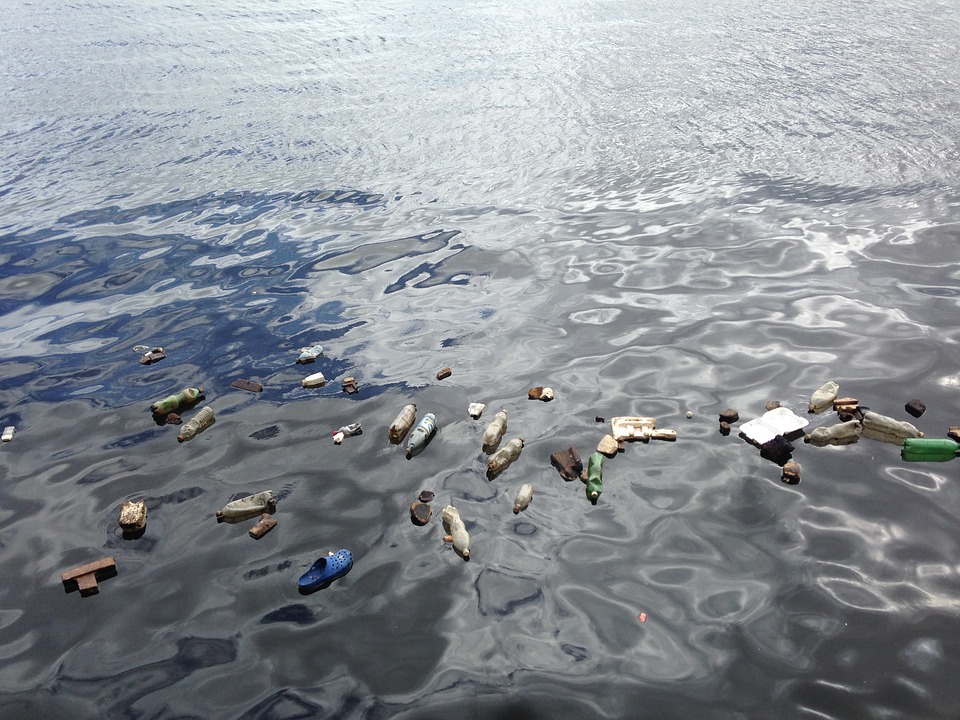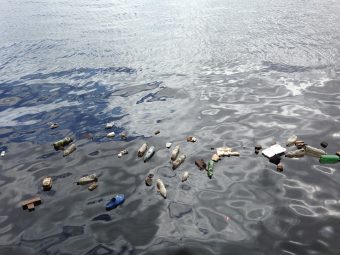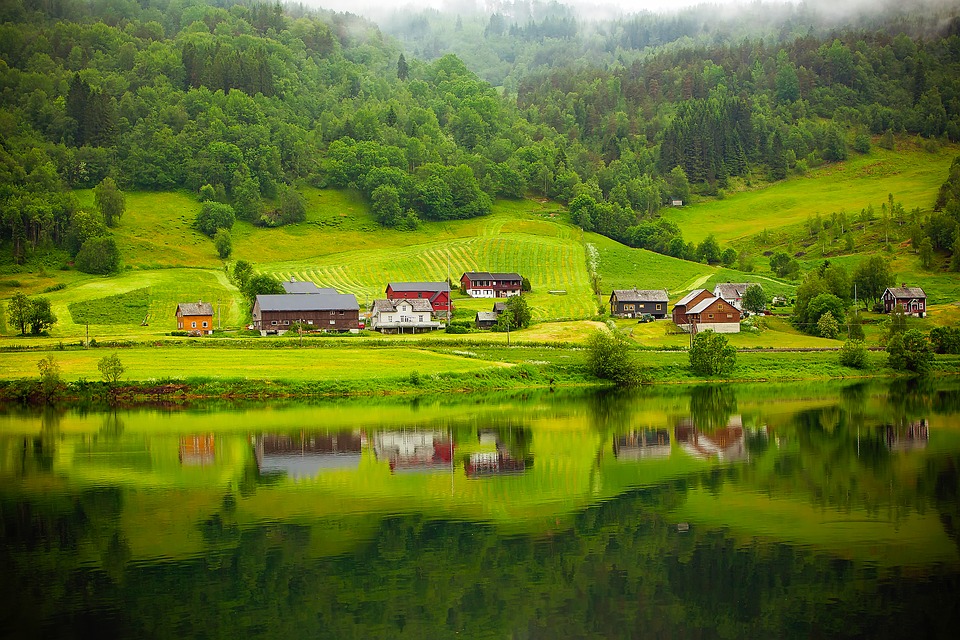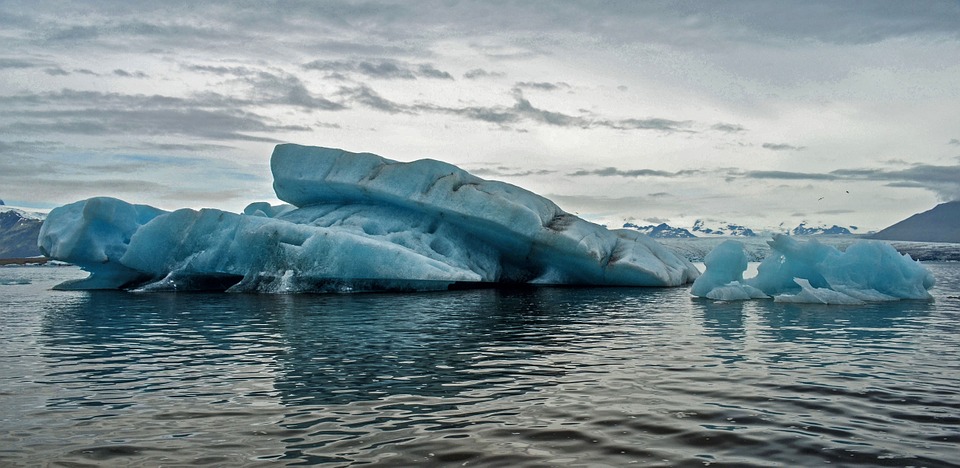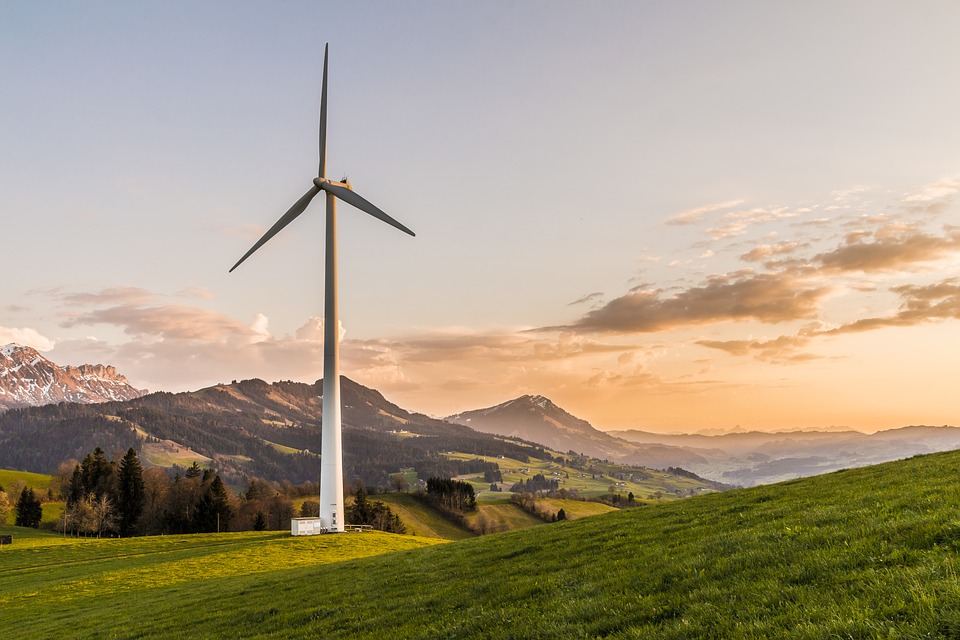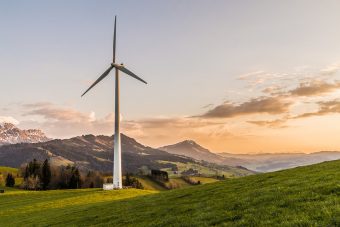They aim to reduce emissions from upstream operations to below 0.25% by 2025.
Thirteen of the world’s biggest oil and gas companies have agreed a first collective target to reduce methane emissions.

They have announced a goal to cut methane intensity from their upstream oil and gas operations to below 0.25% by 2025.
The methane intensity refers to the methane that gets lost in the atmosphere when producing oil and gas.
The target was unveiled at the Oil and Gas Climate Initiative’s (OGCI) fourth annual meeting and could see emissions reduce by 350,000 tonnes every year.
The companies part of OGCI are BP, Chevron, CNPC, Eni, Equinor, ExxonMobil, Occidental Petroleum, Pemex, Petrobras, Repsol, Saudi Armaco, Shell and Total.
The heads of the OGCI firms said: “Our aim is to work towards near zero methane emissions from the full gas value chain in support of achieving the goals of the Paris Agreement. We have worked to make our ambition concrete, actionable and measurable, helping to ensure that natural gas can realise its full potential in a low emissions future.”
Source: Energy Live News
















